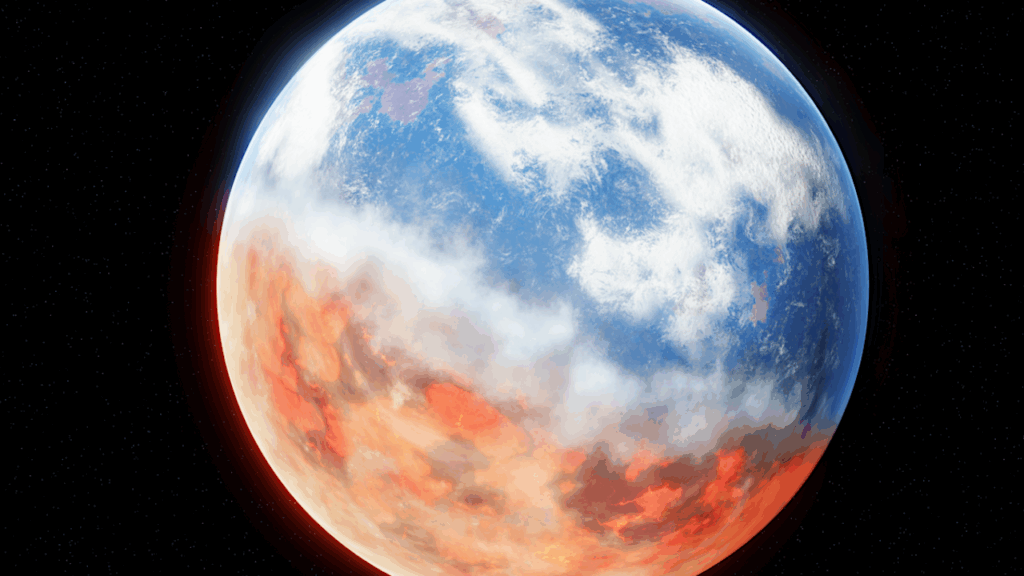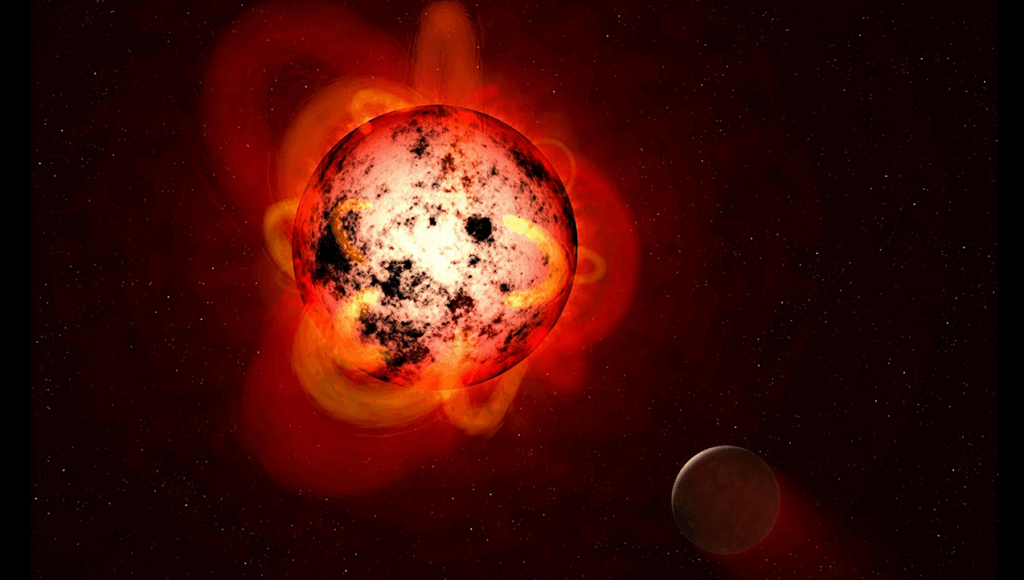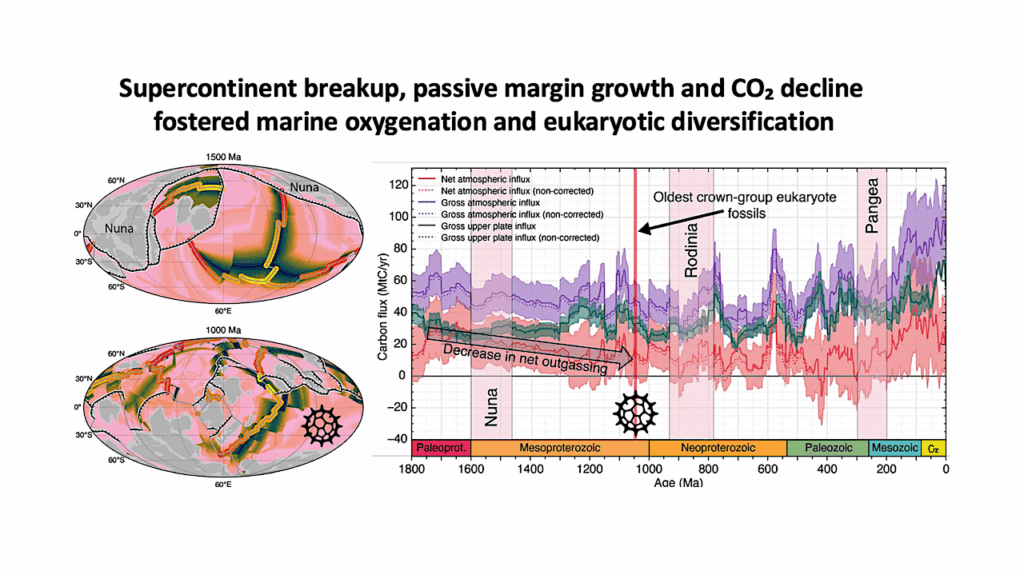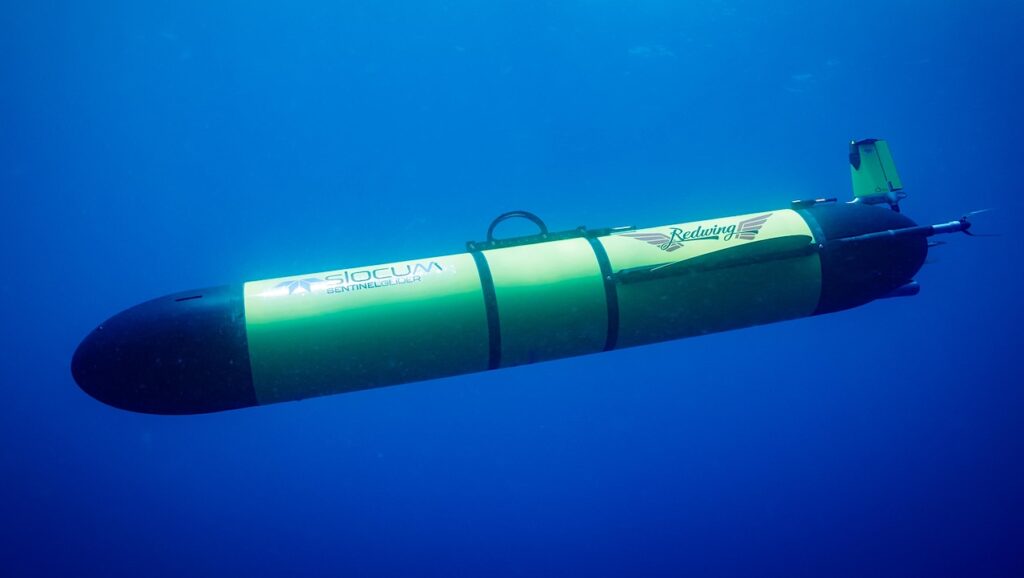Extreme Hydrodynamic Losses of Earth-like Atmospheres In The Habitable Zones of Very Active Stars

Aims. In this letter, we calculate for the first time the full transonic hydrodynamic escape of an Earth-like atmosphere.
We consider the case of an Earth-mass planet with an atmospheric composition identical to that of the current Earth orbiting at 1 AU around a young and very active solar mass star.
Methods. To model the upper atmosphere, we used the Kompot Code, which is a first-principles model that calculates the physical structures of the upper atmospheres of planets, taking into account hydrodynamics and the main chemical and thermal processes taking place in the upper atmosphere of a planet. This model enabled us to calculate the 1D vertical structure of the atmosphere using as input the high-energy spectrum of a young and active Sun.
Results. The atmosphere has the form of a transonic hydrodynamic Parker wind, which has an outflow velocity at the upper boundary of our computational domain that exceeds the escape velocity. The outflowing gas is dominated by atomic nitrogen and oxygen and their ion equivalents and has a maximum ionization fraction of 20%. The mass outflow rate is found to be 1.8×10^9 g s^-1, which would erode the modern Earth’s atmosphere in less than 0.1 Myr.
Conclusions. This extreme mass loss rate suggests that an Earth-like atmosphere cannot form when the planet is orbiting within the habitable zone of a very active star. Instead, such an atmosphere can only form after the activity of the star has decreased to a much lower level. This happened in the early atmosphere of the Earth, which was likely dominated by other gases such as CO2. Since the time it takes for the activity of a star to decay is highly dependent on its mass, this is important for understanding possible formation timescales for planets orbiting low-mass stars.
C. P. Johnstone, M. L. Khodachenko, T. Lüftinger, K. G. Kislyakova, H. Lammer, M. Güdel
(Submitted on 1 Apr 2019)
Comments: Accepted for publication by A&A Letters
Subjects: Earth and Planetary Astrophysics (astro-ph.EP)
Cite as: arXiv:1904.01063 [astro-ph.EP] (or arXiv:1904.01063v1 [astro-ph.EP] for this version)
Submission history
From: Colin Philip Johnstone
[v1] Mon, 1 Apr 2019 18:52:36 UTC (221 KB)
https://arxiv.org/abs/1904.01063
Astrobiology








